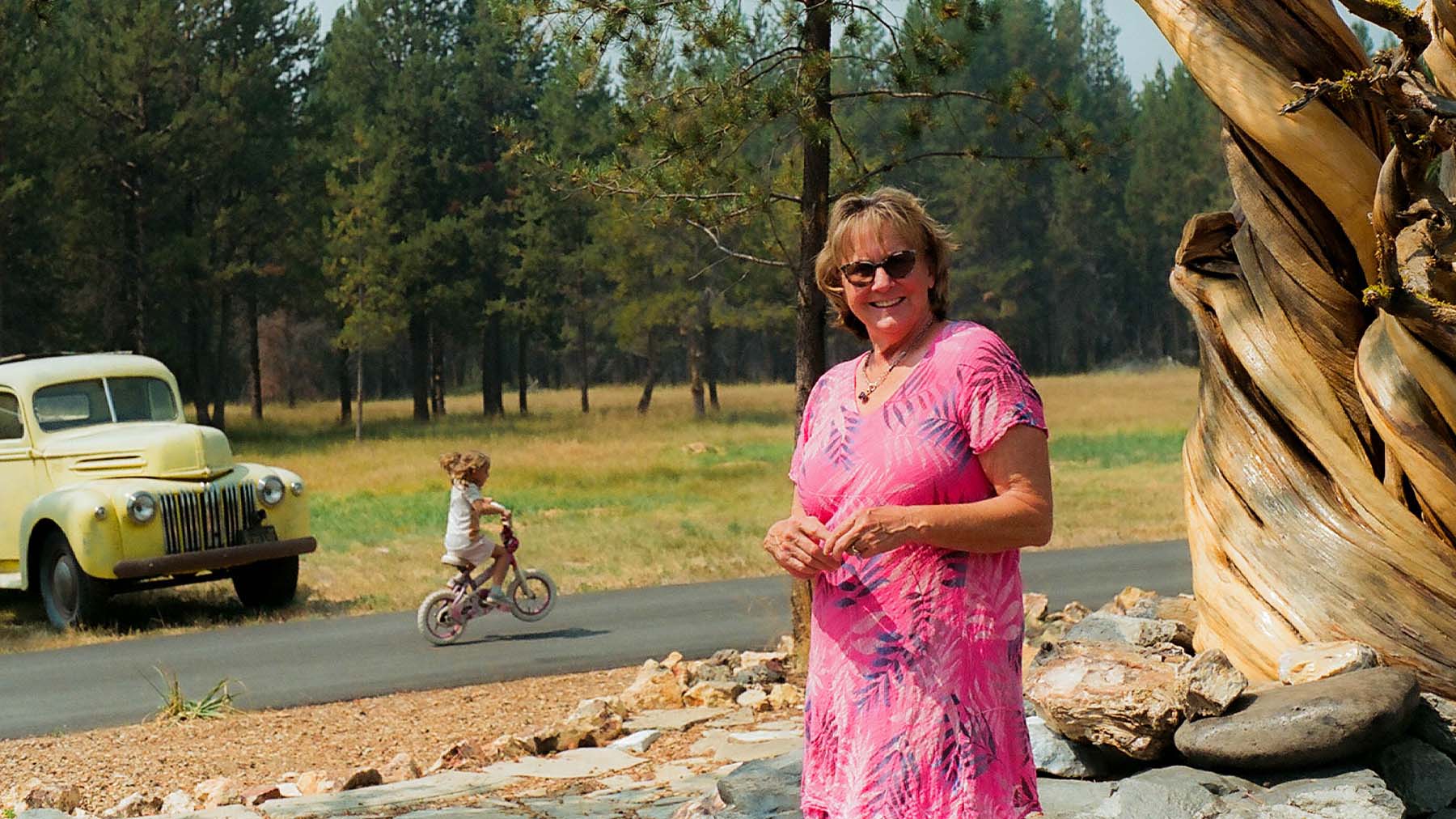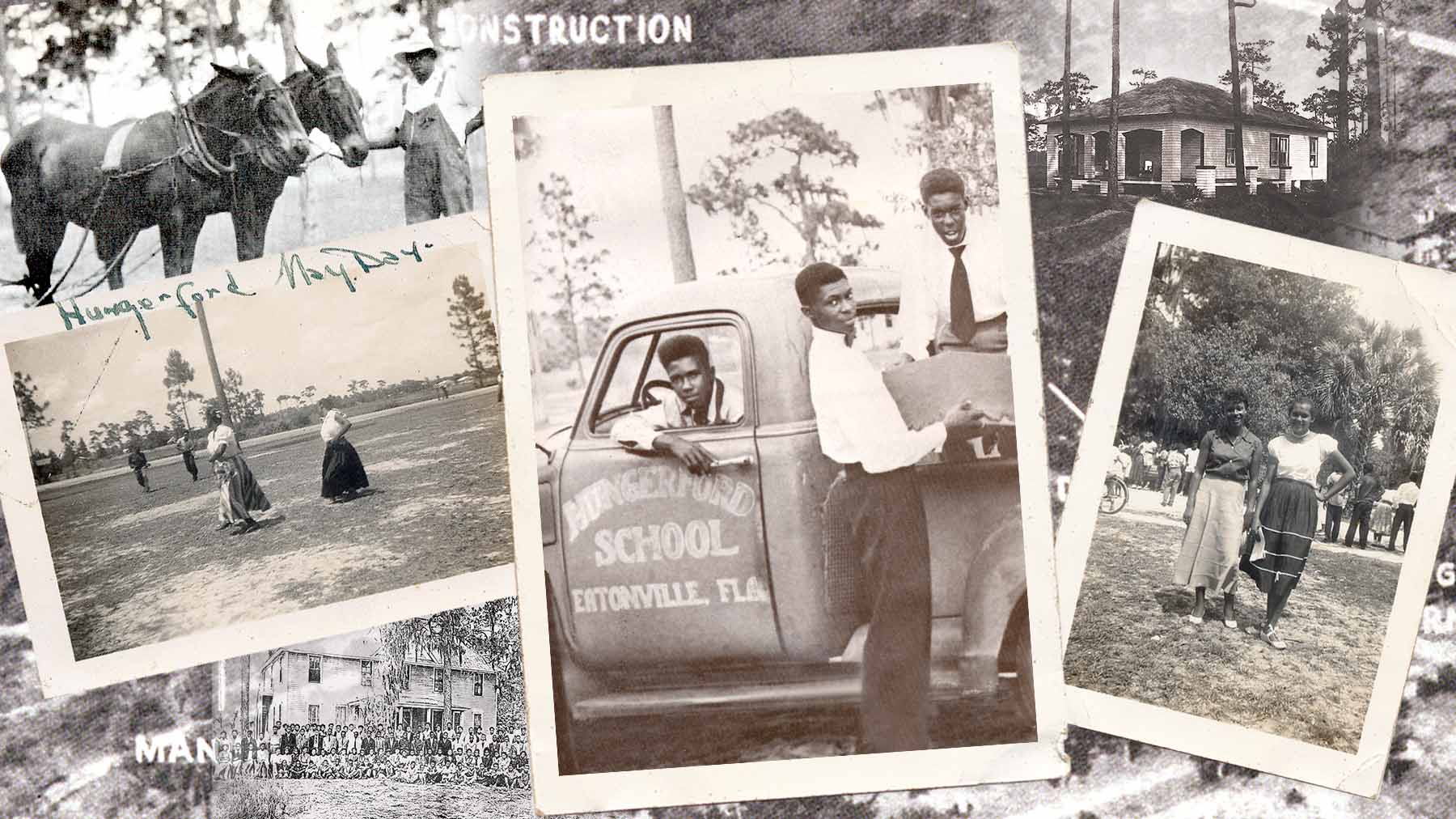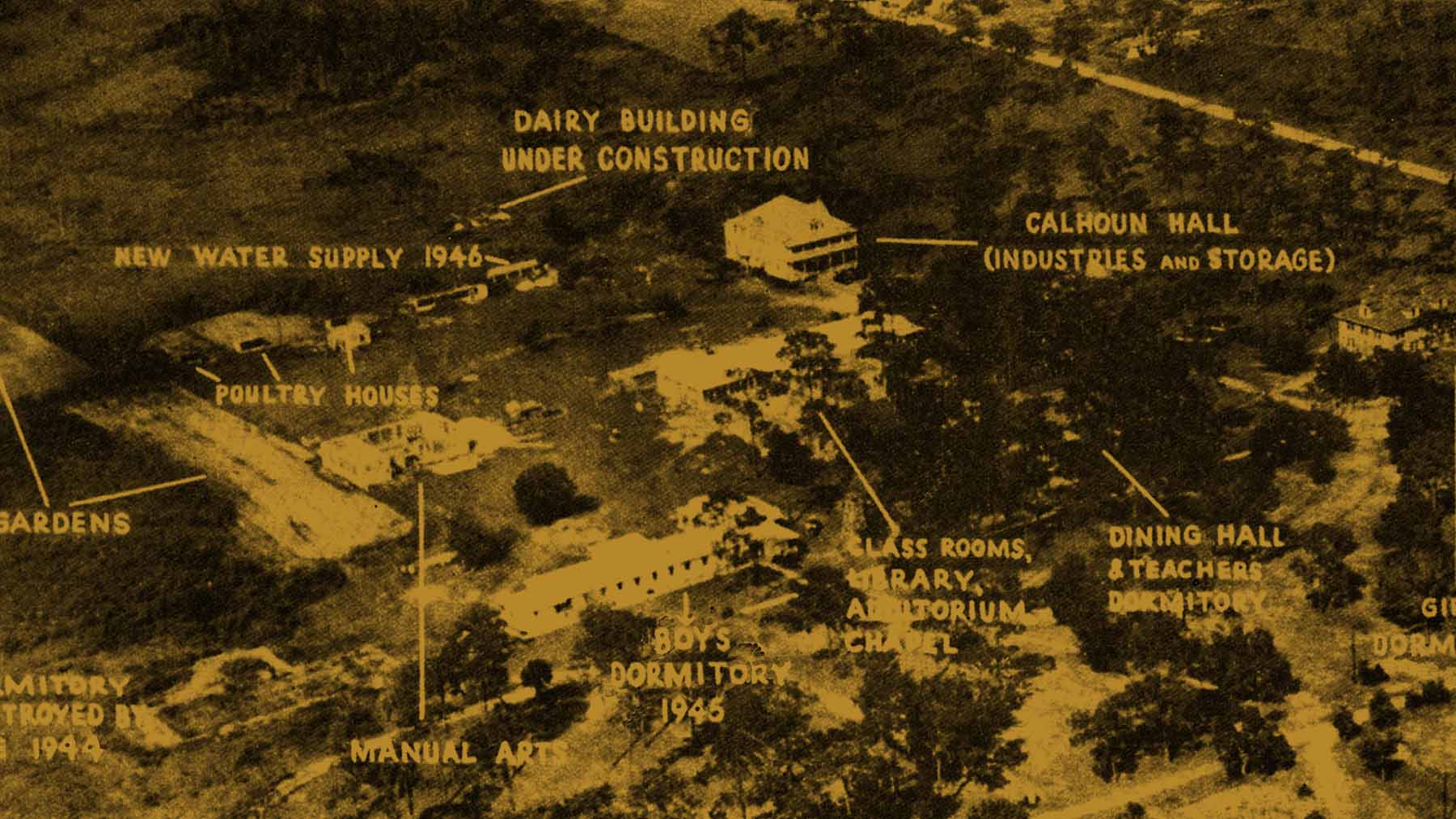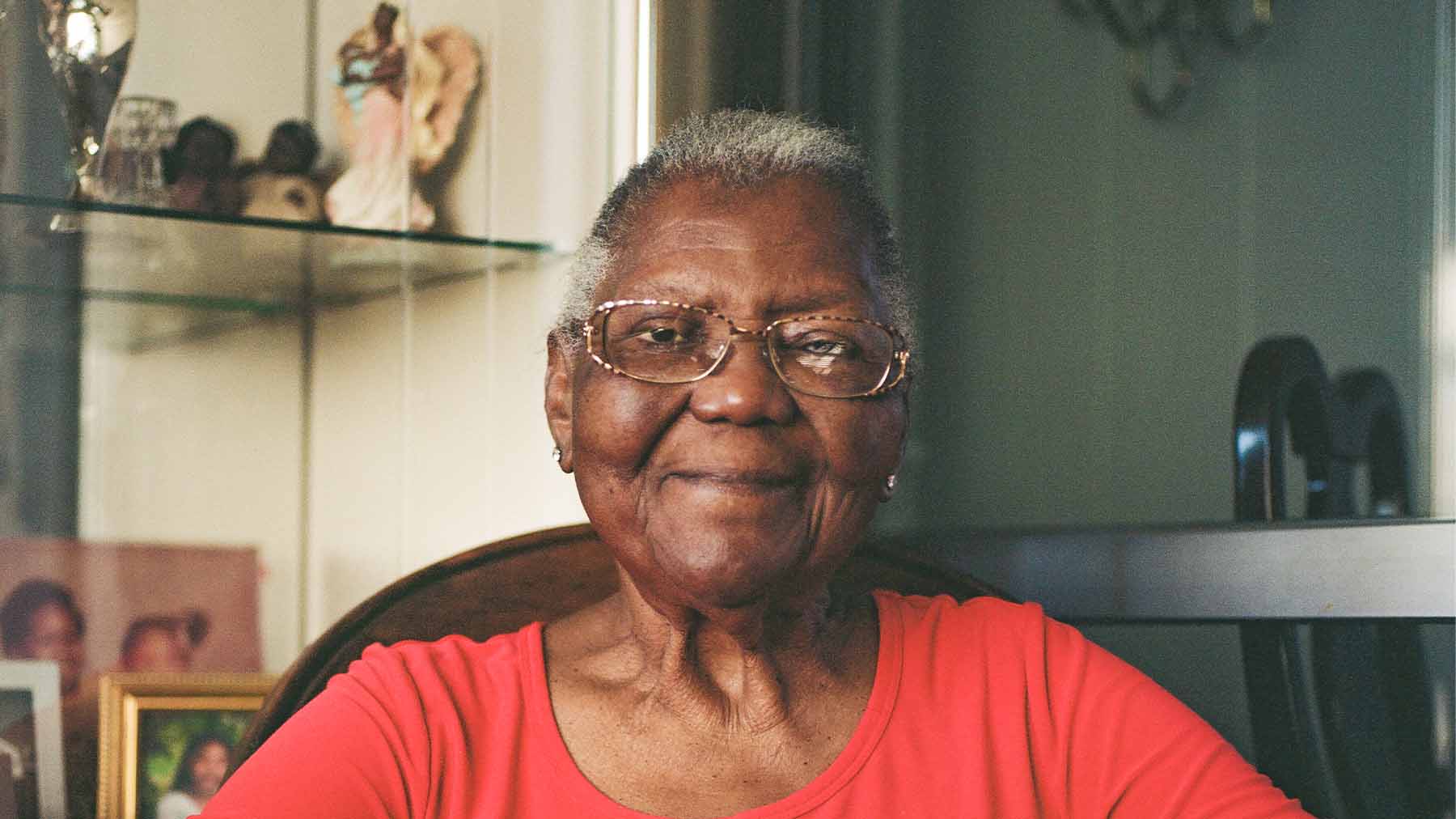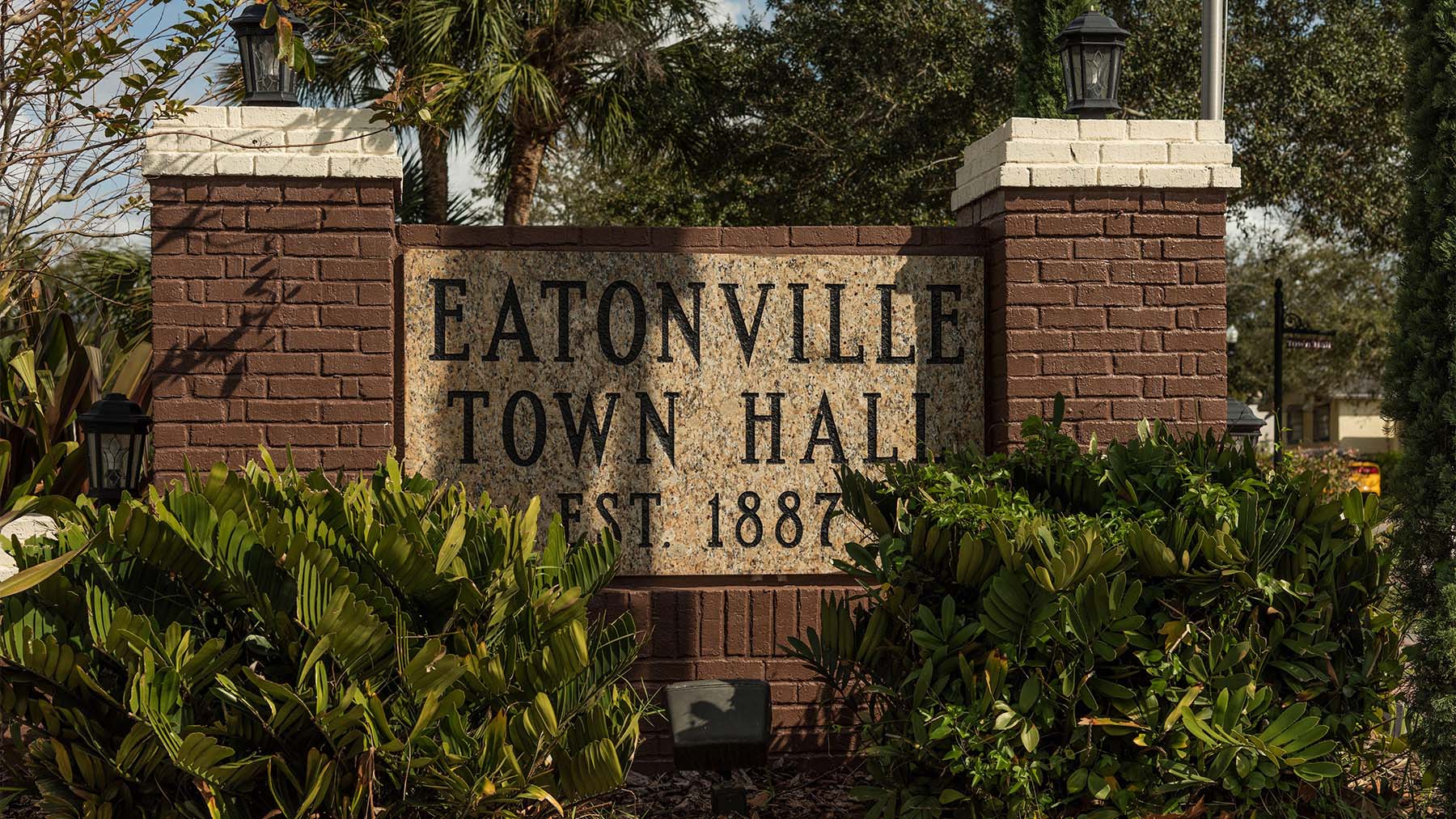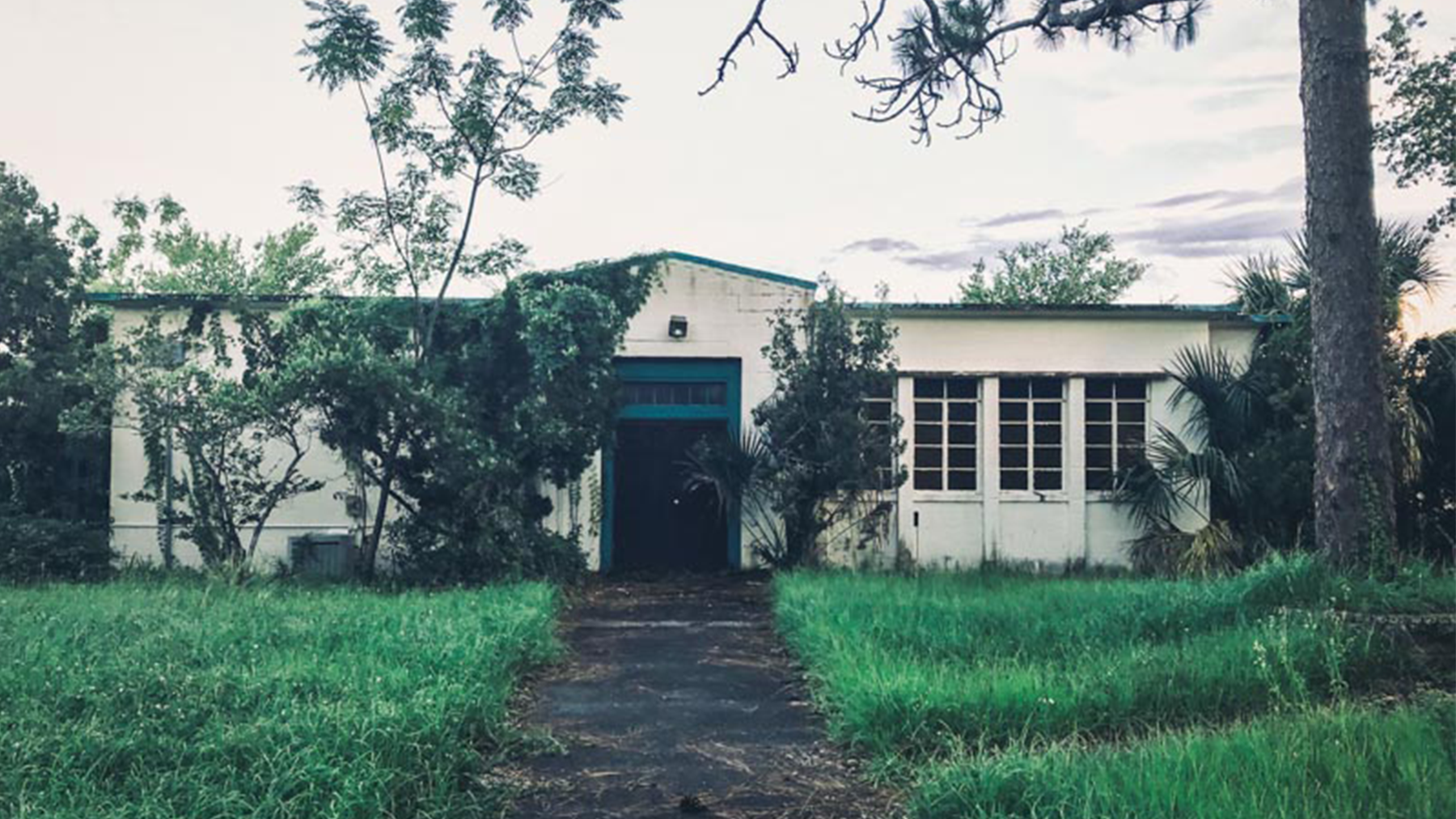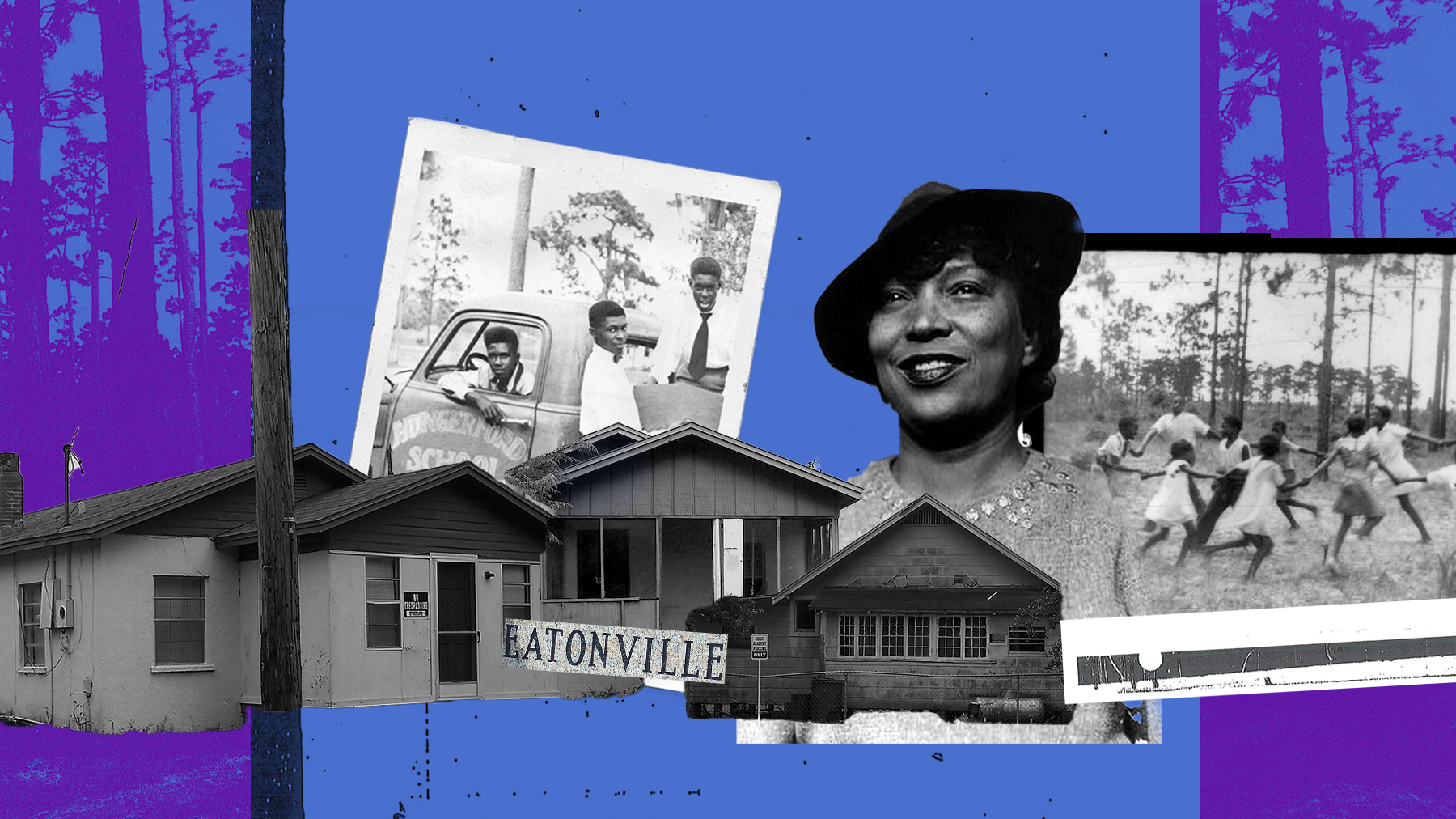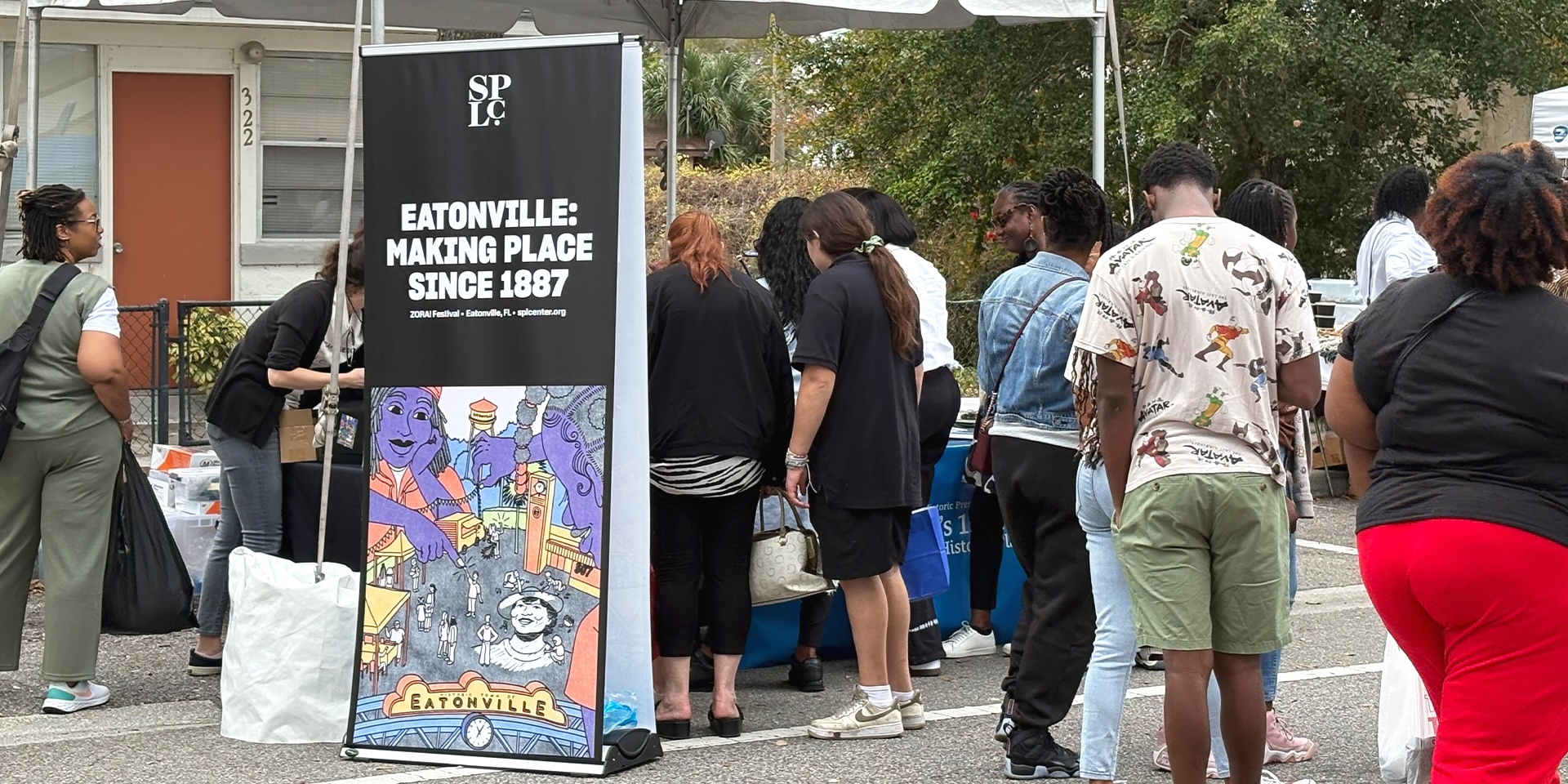Bea Leach Hatler knows something about having a legacy stolen away. She was still in her mother’s womb in 1951 when her father, Edward Hungerford Nye, died of a heart attack at 36 and his erstwhile partner cheated his widow out of her share of their business. The ascendant life Nye had built for his growing family was suddenly shattered.
The cascade of tragedies stole away more than money: It frayed the connection to Hatler’s past. As her mother, alone with two children, struggled through one unhappy marriage after another, the trio spent more time thinking about surviving than about family history. But occasionally, Hatler’s paternal grandmother would visit and tell stories.
“I wasn’t capturing it back then, but I remember her words,” Hatler said of her grandmother, Constance Hungerford Fenske. “I remember her saying, ‘I know you never got to see your daddy. But your daddy’s family was very important.’”
It wasn’t until Hatler was a teenager that she began to understand how important.
That’s when she became close to her half-brothers from her father’s first marriage. They told her about how her great-great-grandparents, Edward C. Hungerford and Anna D. Hungerford, were Connecticut abolitionists. About how their doctor son, Robert Hungerford, had brought medical care in Florida to young Black patients in the years after the Civil War. About how the Hungerfords, after the loss of their son, had donated land to build a school in his name in a Black community in Florida that was governing itself, against the odds.
It all seemed hazy and far away from Hatler’s life in California and the Pacific Northwest, from her battles – first with dyslexia, then, as a young, self-described outcast who had left school and become pregnant at 17 – to climb her way out of poverty. But Hatler never forgot. She felt proud that somewhere – in a faraway community she had never been to – that school remained.
What Hatler didn’t know is that the school property, where famed Harlem Renaissance author Zora Neale Hurston had studied as a girl in one of the oldest Black incorporated communities in the U.S., had been shuttered. She didn’t know that the local school board in Orange County, Florida, had come into possession of the land on which the school had thrived for more than a century and had been on the verge of selling it to developers in a bid to reap millions in profits. She didn’t know the sale of the school property, which makes up more than 14% of the 1.6-square-mile town six miles north of Orlando, threatened to steal away the legacy of Eatonville, still 73% Black and still proudly under majority-Black leadership 136 years after its founding in 1887.
When she found all of this out, she took action.
Last month Hatler, now 71 and living in La Pine, Oregon, joined forces with the people of Eatonville to save the legacy she now knows they share. On July 12, she became a co-plaintiff in the lawsuit Association to Preserve the Eatonville Community Inc. v. School Board of Orange County, Florida.
“I stand with the people of Eatonville,” Hatler said. “That property was intended for education, and I want it to go right back to being used for the education and the arts and the preservation of history and the vocational training that the people of Eatonville deserve.”
‘Like a pit bull with a bone’
The lawsuit, filed in Florida’s Ninth Judicial Circuit Court by the Southern Poverty Law Center, alleges that the school board, the Robert Hungerford Preparatory School property’s current owner, failed to comply with its legal duties to safeguard the land for educational purposes. Prior to the suit, the school board had planned to sell most of the now nearly 100-acre parcel to a private developer for residential and commercial development. After vigorous community opposition, the developer terminated the agreement to purchase the land. The school board has not yet decided about the future use of the property that remains under its control.
“I had always assumed that because the family gave the land to Eatonville for education, it had always been used for education,” Hatler said.
Hatler’s involvement came after a relative this past March told her about seeing a TV news report on the fate of the school property. Suddenly aware that the future of the land and its legacy was in danger, Hatler jumped in feet first. A real estate agent herself for 34 years, she said she understood exactly what was at stake.
“She sent me that link, and I opened it, and I took it on like a pit bull with a bone,” Hatler said. “I just didn’t let go.”
In joining forces with the community activists in Eatonville, Hatler has achieved twin victories. She said she has, in a sense, found “the perseverance, determination and tenacity that is in my DNA as a Hungerford.” For Eatonville, she has added a powerful new element to efforts that Black community members have undertaken for decades and that have been coalescing over the past two years to save the character of the town.
“Bea, as a direct descendant of the original donors of the land, has a continued interest in ensuring that the legacy of her family and their interests in safeguarding this land for the education of children is fulfilled,” said Kirsten Anderson, SPLC deputy legal director for economic justice.
“What [Hatler’s] family and others did was extraordinary, and that land has been held for the purpose of educating the Black community for more than 100 years. Bea serves really to remind us that the history of how this land was acquired, and for whom and for what purpose, cannot be forgotten or erased.”
The beating heart
While the Hungerford property sits vacant now, for many decades after the school was established in 1897 it was the beating heart of Eatonville.
Founded by 27 men on land sold to them by a former Union Army captain, Josiah Eaton, the town was among the first in a wave of Black settlements established after 1885. The purchase was made possible in part by New York philanthropist Lewis Lawrence, who donated money to the Black founders with the intention that it become a center of Black self-government. Eatonville is among the fewer than 200 Black settlements that became all-Black incorporated communities with autonomous Black city governments. Today “The Town That Freedom Built,” as Eatonville is known, is one of the only such communities that survives.
The Robert Hungerford Normal and Industrial School was established on the initial 40 acres donated by the Hungerfords to the trust they formed, the Robert Hungerford Charitable Trust, to establish a coeducational private school for the education of African American children. The school’s curriculum was developed with the assistance of famed Black educator and reformer Booker T. Washington after Eatonville residents petitioned him for help. It was modeled on Washington’s Tuskegee Normal and Industrial Institute, now Tuskegee University, in Alabama.
Over time, the Hungerfords would donate a total of 160 acres to the trust. For decades the institution operated as a high-quality private boarding and day school for Black students, with much of the food for students, faculty and staff grown on site. Students from throughout Florida, and from Georgia, Alabama, North Carolina and South Carolina, enrolled, attracted by the quality vocational and academic classes.
While the history of the school, and of Eatonville, is little taught or known by most Americans, it is extraordinarily rich, part of the complex fabric of Black history in the U.S. In an era when Black students otherwise were afforded few educational opportunities, the Hungerford school became a center of Black learning. It hosted lectures by legendary agricultural scientist George Washington Carver.
The author Hurston – whose father, the Rev. John Hurston, was Eatonville’s third mayor and the second pastor of the town’s Macedonia Missionary Baptist Church – attended the school. Descriptions of Eatonville are seeded through Hurston’s work, including her most famous novel, Their Eyes Were Watching God, in which she writes of the town’s founding through the eyes of the main character.
The school wasn’t the town’s only draw. Accommodating the relatively affluent Black population, a music club opened in town, part of what was known as the “Chitlin Circuit” of venues that, in the segregated South, welcomed Black artists. Among others, B.B. King, Cab Calloway, Duke Ellington and James Brown performed in Eatonville.
Original school demolished
Hatler’s involvement does not mark the first time a Hungerford heir has fought to save the legacy of the school. Her grandmother did. But she never spoke of it to Hatler.
In 1951, at the height of segregation, after enrollment at the school had declined during World War II, the Orange County school district sought to purchase the property from the trustees who owned it. Constance Hungerford Fenske – Robert Hungerford’s only daughter and Hatler’s grandmother – contested the sale. As a defendant in Coddington v. Ervin, she argued that conveying the assets of the public charitable trust to the school board “would defeat the purpose of said trust and the purpose for which the Robert Hungerford Industrial School was organized.”
In circuit court filings, Fenske, who lived about 25 miles from Eatonville, in Mount Dora, Florida, volunteered to “take the lead in continuing the Robert Hungerford Industrial School,” but to no avail. The court ruled against her.
Fenske did not stop there. In Fenske v. Coddington, she appealed to the Florida Supreme Court. Ultimately, the court permitted the sale, but conditionally. In a deed restriction placed on the property, its use was limited to the operation of a public school for the education of Black children.
The school board operated a public school on the land, over time demolishing the historic buildings of the original school.
Her grandmother’s legal battle was one of the many things Hatler never knew.
“She would try to instill in me, you know, your daddy or your grandparents are very important,” Hatler said. “And yet she didn’t tell me how important she was. She fought this all the way to the state Supreme Court.
“I am appalled that the courts let this happen. I am appalled they tore down my grandfather’s legacy.”
The restriction on the land remained in force until 1974. That year, after an interstate highway had bisected the Hungerford property, the school district opted to sell off the section on one side of the highway, which no longer contained an operating school. To do so, the school system won permission from the courts to dissolve the deed restriction on that section. The remaining part of the property, where Hungerford High School continued to operate, retained the restriction. After the school district closed the high school in 2009, district officials began eyeing the land for possible sale, subsequently agreeing to pay $1 million to successors of the original Hungerford trust in exchange for them releasing the restriction on the land.
Since then, the school district has continued to pursue sale of the property, a prime tract in the middle of the booming Orlando metropolitan area. In 2020, with little notice to the community, the school board demolished the high school. This past year the school board greenlighted a development group’s proposed $14.6 million purchase of the site. Faced with growing publicity and community protests, the developer pulled out.
‘It was wrong’
Since learning of Eatonville’s fight, Hatler has been speaking out. She says the school board’s actions to buy out the deed restriction and bypass state law governing disposal of the property threaten the legacies of both Eatonville and her family.
The lawsuit, brought by the SPLC on behalf of Hatler and the Association to Preserve the Eatonville Community, asks a state court to declare that the 1951 deed restriction is valid and remains in effect on the remaining portion of the property and that the release of the deed restriction – which cleared the way for the school board to sell the property to private developers – is invalid.
The suit also seeks a declaration that the school board failed to comply with its obligations under state law to determine whether the property is unnecessary for educational purposes and whether its sale is in the best interests of the public.
As the case makes its way through the courts, Hatler says she has no intention of giving up. This September she will travel to Eatonville for the first time. She plans to meet with the activists and community leaders who have taken the fight this far, and she says she will promise to stay by their side.
Hatler shares the community group’s vision of a cultural and historical center on the school site. But as someone who overcame a difficult childhood and a lack of education, she said she would also like to see a vocational school as part of the property’s future, a place where “you can put your hands on something, and you can learn it that way.”
And, if the community agrees, Hatler said she would love to erect a monument to the Hungerfords on the site.
“I want it to be a statement – a statement that we won, that we’re bigger than the school board, we’re bigger than the courts,” Hatler said. “Because it was wrong what they did.”
Photo at top: Bea Leach Hatler’s great-great-grandparents donated land for the establishment of the Robert Hungerford Normal and Industrial School in Eatonville, Florida. (Credit: AnAkA)



